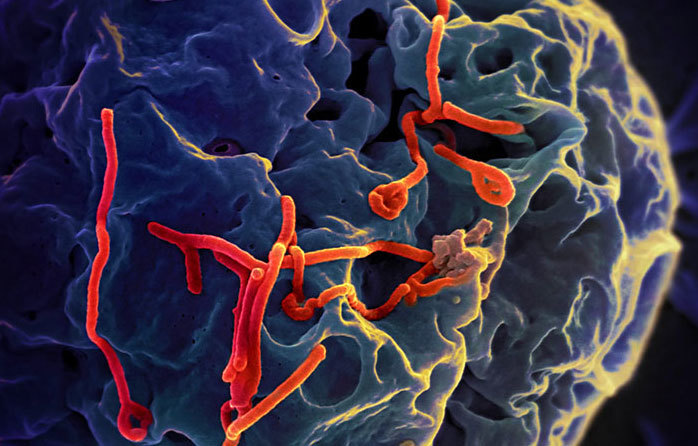Ebola: A UCT researcher's experience at the frontline
29 October 2014 | Story by Newsroom
Kathryn Stinson, a UCT epidemiologist, went to Sierra Leone to help combat the Ebola epidemic and recently returned. Why did she decide to go, and what were her experiences? We've gathered her published accounts in one place:
- Why I am going to Sierra Leone to fight Ebola
It's been a month since I applied, and now it's a matter of days until I go. I head to Europe for briefing before landing in Freetown, Sierra Leone next Tuesday. Read more. - Ebola: Where are the sick and dying?
The driver puts his fist on the hooter insistently, indicating to oncoming vehicles, people and animals to move out of our path, which is obscured by lush forest at every corner. Read more. - How an Ebola clinic works
"So just think of the one who is about to die, trapped behind hundreds of walls sizzling with heat, while at the same time, there are all those people, on the telephone or in cafés ..." '“ The Plague, by Albert Camus. Read more. - Ebola: journey to a quarantined village
In her latest article from the frontline of the Ebola epidemic, Kathryn Stinson looks for answers in a quarantined village in Sierra Leone. Read more. - Ebola: what we need to do
On her return from Sierra Leone, Kathryn Stinson explains what must be done to manage the Ebola epidemic. Read more.
| UCT's Faculty of Health Sciences has created a hub with information on Ebola. You can also view UCT's campus announcement on Ebola. |
Image: Ebola scan courtesy of NIAID under creative commons 2.0 license.
 This work is licensed under a Creative Commons Attribution-NoDerivatives 4.0 International License.
This work is licensed under a Creative Commons Attribution-NoDerivatives 4.0 International License.
Please view the republishing articles page for more information.
Related
Alderman Owen Kinahan (1955–2026)
06 Jan 2026
Celebrating UCT’s outstanding Thuthuka results
29 Dec 2025










